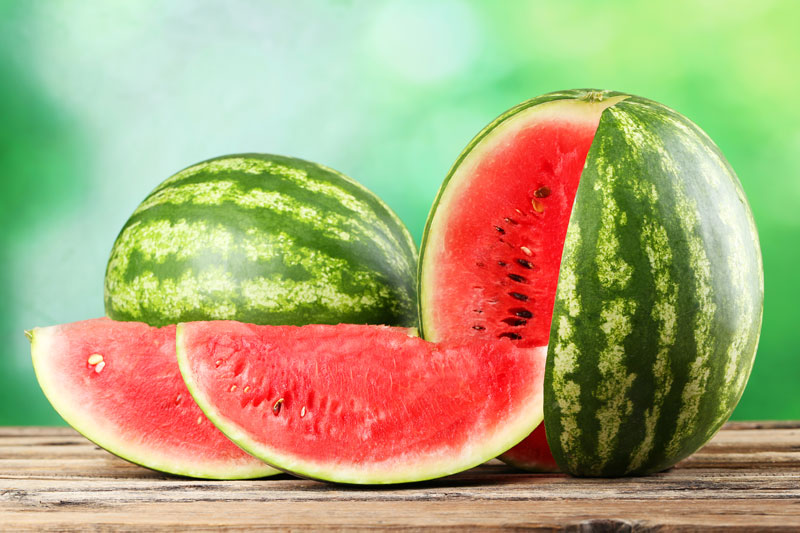For the juiciest, sweetest watermelons this summer, plant them yourself and plant them soon. We asked Highland Lakes Master Gardener Willard Horn, a fan of all things watermelon, for tips on how to cultivate supreme citrullus lanatus in the Highland Lakes.
PICK A PLANT
One of the first steps in planting watermelons is deciding what size you want: small (up to 1-2 pounds), medium (up to 8 pounds), or large (up to 33 pounds). The larger the watermelon, the longer it takes to ripen. Smaller ones take about 80 days to mature, medium about 100 days, and larger ones about 120 days.
“Even at eighty days, they usually take longer than most other plants in your garden to be ready to pick,” Horn said.
GAUGE OVERNIGHT TEMPERATURES
Watermelons prefer warming weather, even at night. The best time to plant is when the overnight temperatures are consistently in the 60- to 70-degree range with 70 degrees being optimum. In the Highland Lakes, warmer nights begin by early spring.
PROVIDE GOOD DRAINAGE
Watermelon fruit is about 92 percent water, but they don’t thrive in moist soil. Build up small mounds at least 6 feet apart and plant six to eight seeds in each one. The mounds should be made up of a sandy-loam mix. The raised area allows excessive water to run off and also provides extra warmth around the roots.
THIN THE RUNTS
Once seedlings emerge, thin the six or eight per mound down to the three healthiest plants.
FERTILIZE — OR NOT
If you fertilize, use one with high nitrogen when the plant is growing but hasn’t begun showing fruit. Look at the fertilizer number before you buy. A high first number — 12-12-6 — indicates high nitrogen.
“But when you see the fruit, you really need to fertilize with a higher phosphorus content, like a 6-12-6,” Horn recommended. The middle number refers to the phosphorus.
A good, healthy compost can work as well, if not better, than fertilizer.
WATER FOR LEAVES
Don’t rush out with a water hose when you see leaves wilting. Instead, pay attention to the time of day they are wilting. If they begin to wilt in the afternoon, it’s probably a reaction to the heat of the day, not necessarily because the plants need water. Leaves that wilt or droop before noon, particularly before 10 a.m., need water.
Watermelons originated in the Kalahari Desert in the southern region of Africa — they can take the Texas summer sun, Horn said.
“Their wild relatives are still living there,” he continued. “So they like heat.”
LESS WATER FOR MELONS
As melons grow to harvest size, cut back on watering, especially the week before you plan to pick.
“To get the sweetest melon once they mature,” Horn said, “you want to hold off water. It concentrates the sweetness.”
Whether you like your watermelons large, small, red, or yellow, the famous fruits of summer are fun to grow and eat. It’s time to plant!
daniel@thepicayune.com

